A Look at Swimmer Muscles by Stroke
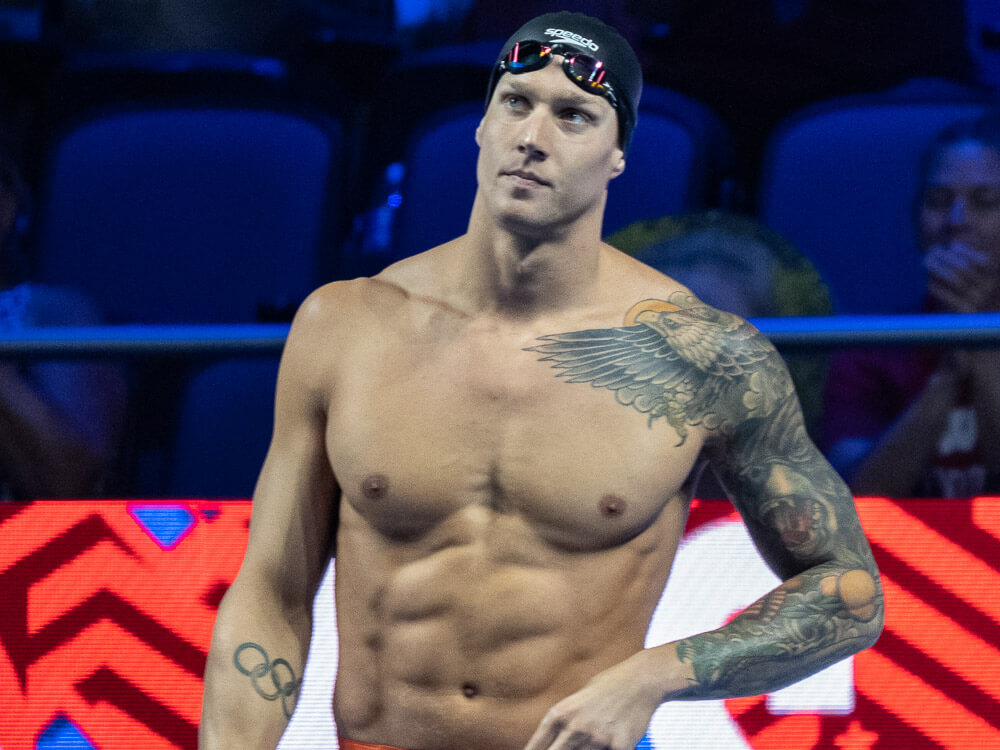
A Look at Swimmer Muscles by Stroke
By Bri Groves, Swimming World College Intern, in collaboration with the creator of Swim Science, Dr. G. John Mullen
It’s no surprise that swimmers keep their bodies in peak shape and their commitment comes with an added benefit for fans. Not only can we watch them dominate in the pool, we can also enjoy the visual display of muscles flexing, faces grinning, and some seriously hot racing. Here’s a stroke by stroke breakdown of the stereotypical swimmer’s body.
Butterfly
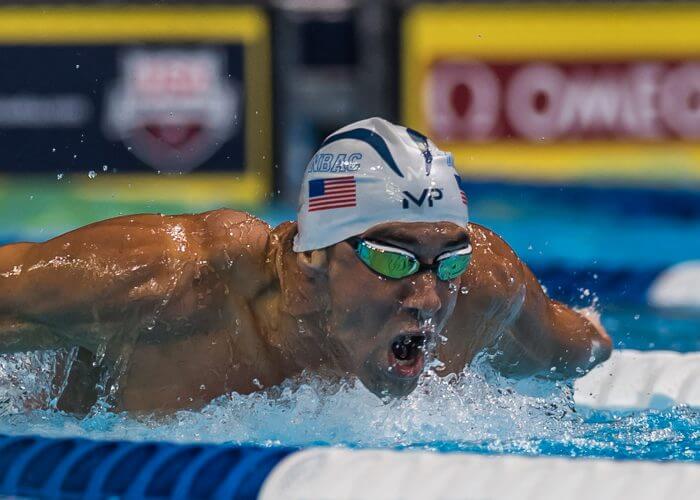
Photo Courtesy: Peter H. Bick
Butterfliers have the arms. Their triceps are toned, their biceps are ripped, and they have some seriously large shoulders. While the undulation relies primarily on the abs and hips, butterfliers focus their efforts on the catch starting with their hands and ending at their lats, allowing the rest of their body to flow through the water.
Butterfly requires the fullest whole body muscle engagement out of the four strokes and the most arm muscle engagement per stroke cycle. While butterfliers often complete less stroke yardage than their counterparts, their high intensity training promotes toned muscles throughout the body.
Primary Muscle Groups:
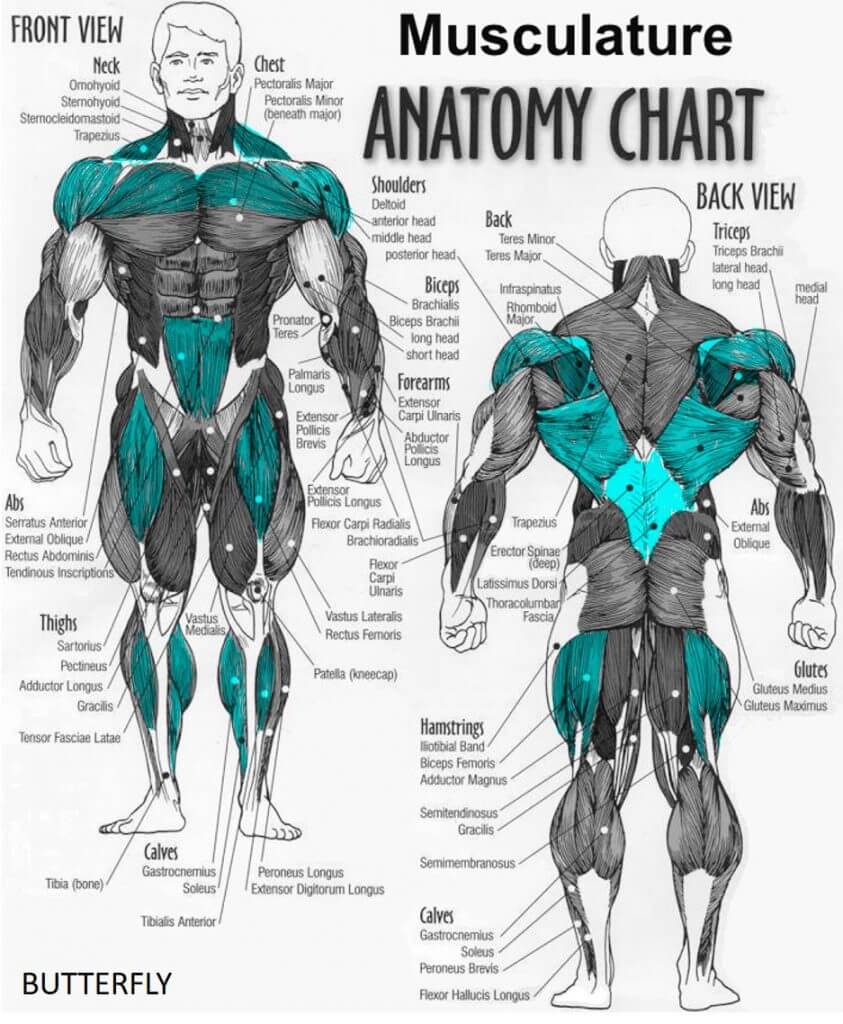
Photo Courtesy: Bri Groves
Backstroke
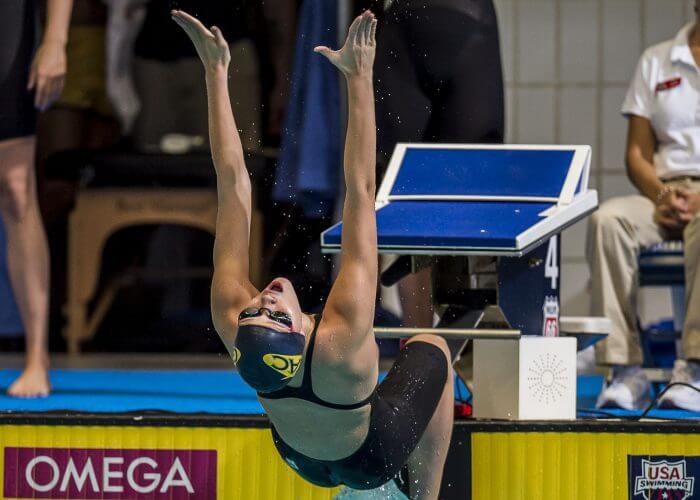
Photo Courtesy: Peter H. Bick
Backstrokers are known for their firm pecs, thighs, and glutes. To keep themselves afloat, backstrokers rely heavily on their chests and midsections. An elite backstroker may appear to be effortlessly moving through the water, when in reality, the swimmer is subconsciously engaging each of these muscle groups. Backstrokers’ lower physical cognizant awareness allows them to continue for long periods of time at high cadences with comparatively low fatigue.
During the sprint cycle, a backstroker changes cadence by flexing the trapezius and lats. The engagement of these two large muscle groups results in a temporarily increased stroke rate and higher body position. Despite these benefits, prolonged flexing of the neck and back hinders rotation. Thus, these muscles are primarily active during short bursts of speed.
Primary Muscle Groups:
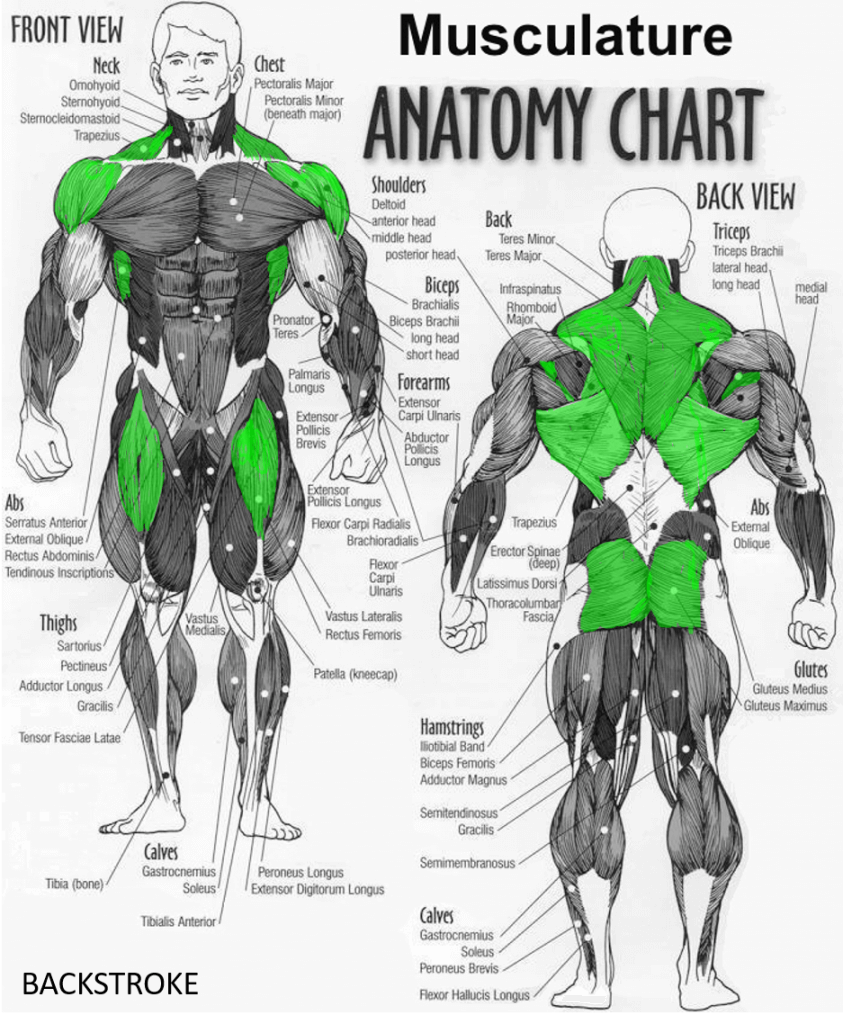
Photo Courtesy: Bri Groves
Breaststroke
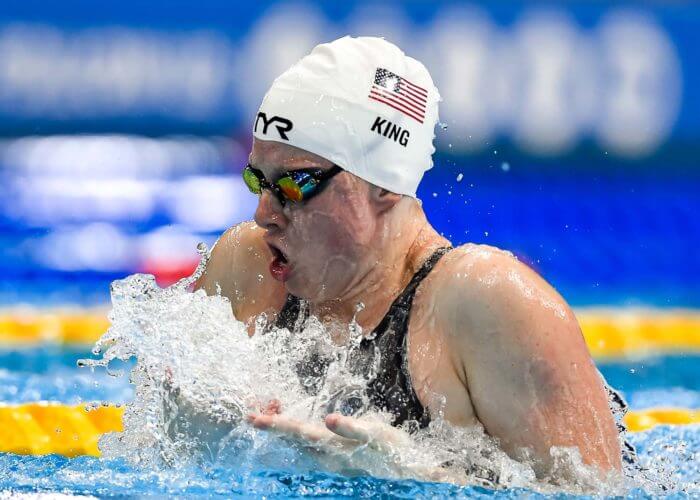
Photo Courtesy: Andrea Staccioli / Deepbluemedia / Insidefoto
Breaststrokers dominate when it comes to lower body strength. Like frogs, their legs display wonderful definition while their arms try to catch up. The rhythm of the stroke is determined by the amount and speed of the water that they can squeeze between their legs. An efficient breaststroker combines the force of his or her kick with an equally powerful chest press. These combined motions facilitate low stroke counts and muscle relaxation during the gliding period.
In practice, breaststrokers often excel in kick sets with minimal fatigue. Look out for them in the IM, as they make their way to the front during the third leg.
Primary Muscle Groups:
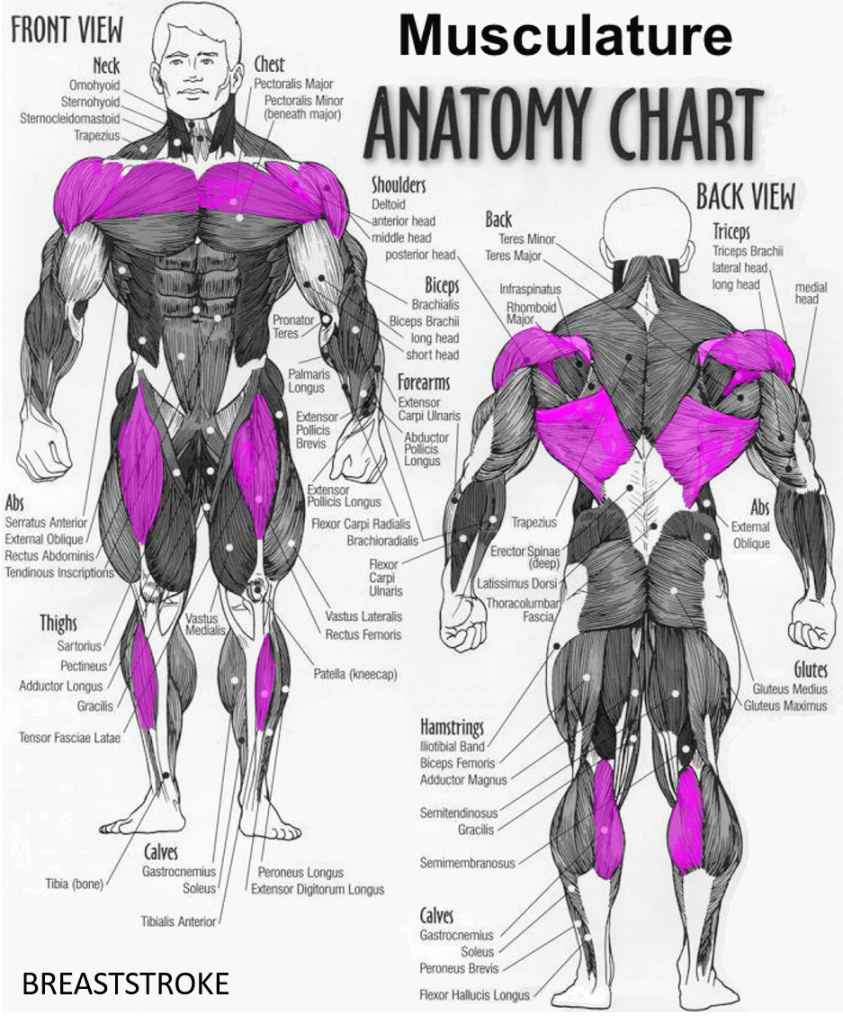
Photo Courtesy: Bri Groves
Freestyle
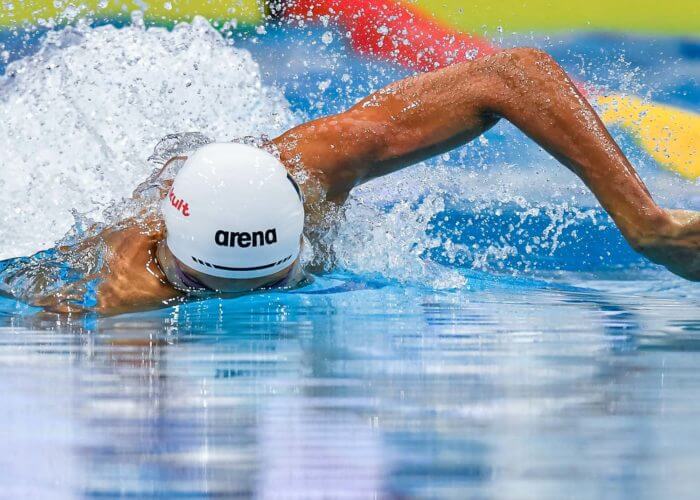
Photo Courtesy: Andrea Staccioli / Deepbluemedia / Insidefoto
Freestylers have the hips, hands, and feet. The stroke’s long axis rotation makes it ideal for tall people and even better for tall people with large appendages. Freestylers’ hands act as paddles while their bare feet often resemble the size of a stroker’s fins. Following the initial catch, freestylers rely on the largest muscle groups of the arms and legs to propel them forward.
The complete freestyler package contains wide hips to facilitate easy rotation and promote galloping through the water. A muscular midsection promotes connection of the leg muscles to the back and arm muscles. This connection is amplified by freestyler’s slight side pivoting to enable breathing and maintain shoulder stability.
Primary Muscle Groups:
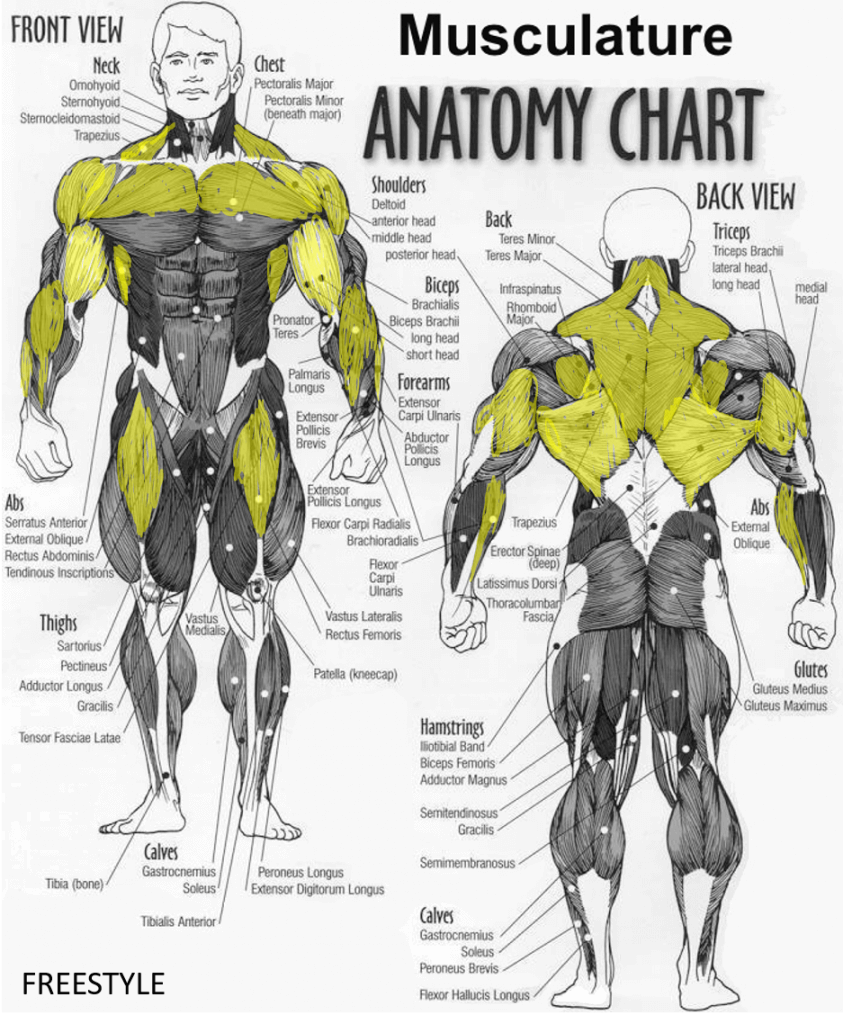
Photo Courtesy: Bri Groves
IM
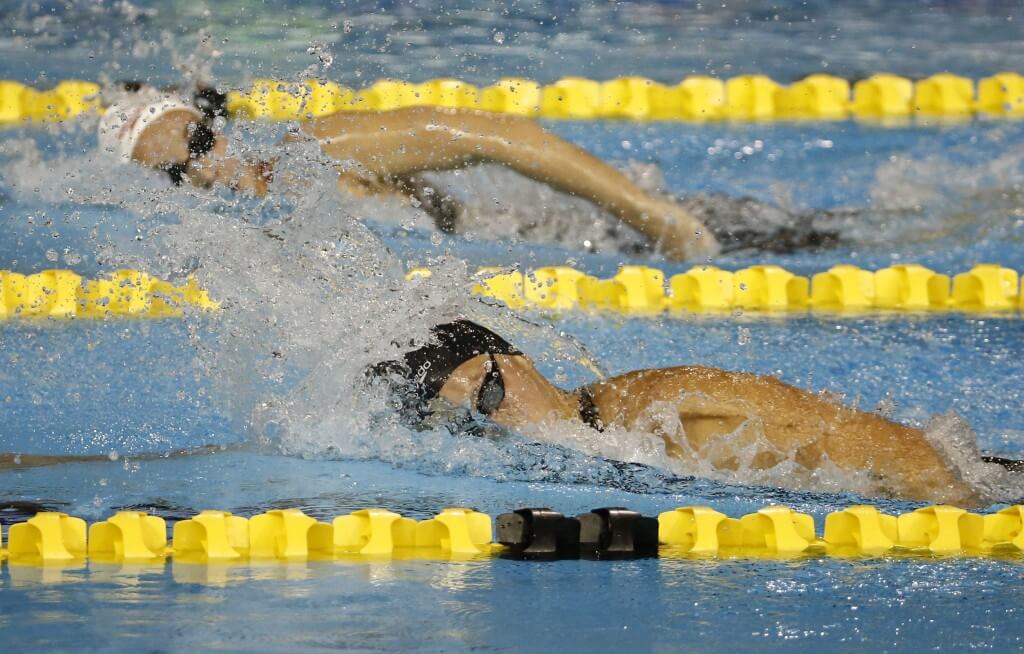
Photo Courtesy: Rob Schumacher/USA Today Sports Images
IMers are indecisive. They like working a variety of muscle groups and toying with all the strokes. Watching an IM event is like a four in one deal for fans, we get to see all the muscles and strokes. What a crazy combination.
Primary Muscle Groups:
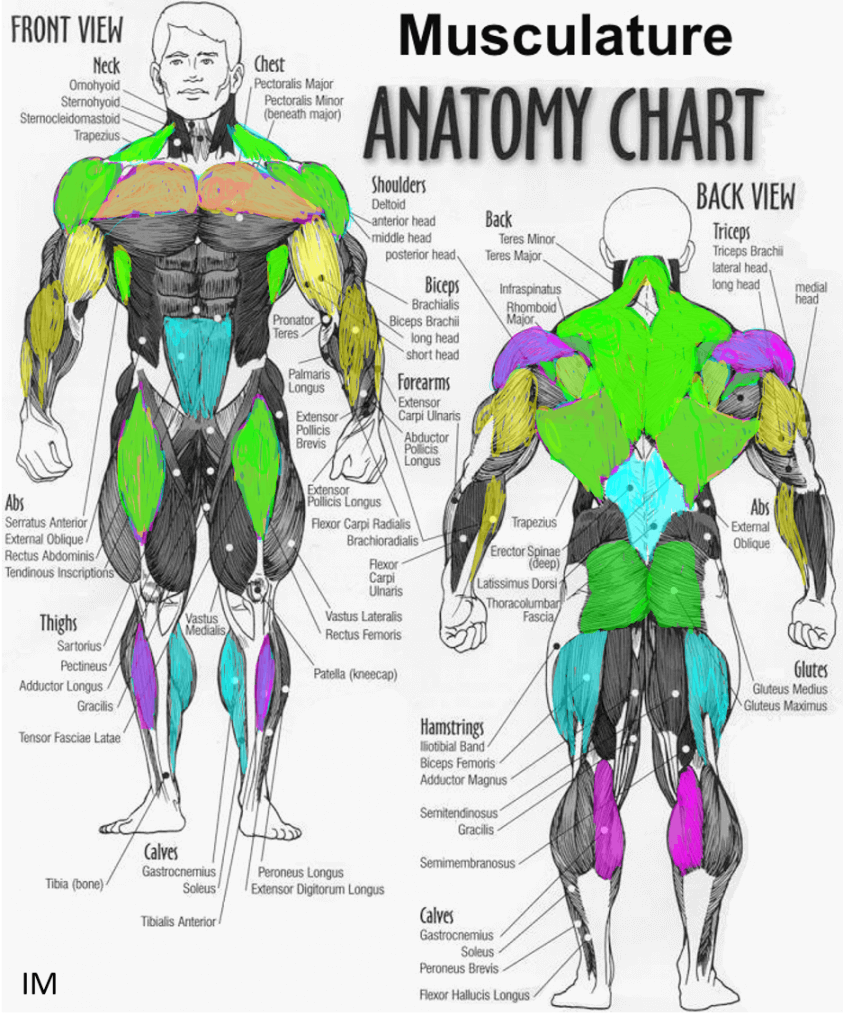
Photo Courtesy: Bri Groves




Meredith Watson
I blame swimming for my odd attraction to male back muscles!
It’s not odd at all!
* do u know the most important muscle of all???
its the HEART…
you can have the biggest, the strongest… but if u have a ‘weak’ heart… you’re nothing!
it is immeasurable… its the will that pushes you to be the best that you can be!
Lol keep telling yourself that.
So very true. Another thing you must have is dedication. Without the dedication you have no heart and you have no willpower!!! Dedication gets you to places beyond State level, willpower + your heart or love of the sport + anything else will get you to international Level.
And you think muscles come from ebay or what. If someone is strong and has muscles probably he has some hearth too
Well, i guess the heart is pretty important because swimming is a cardio workout. Your heart is a muscle, so the more you work it, the bigger and stronger it’ll get just like any other muscle on your body. 🤓
i love how jacked that guy is in the posters haha
Its because bro be swimming IM all day
Claire Bowles- important info….
I hate when they use my picture without permission……
Nikoline??? the booty 😉
Well i do really look forward to watching the swimmers yet again ???
Ahahahaha
fascinating. Sarah Cornell
Laura Nuutinen
Rachel Panton Georgia Read ?
Mayhève Rondeau Jocelyn Chassie Kirsten Lavoie
Keelin
Evan Smith
Julian Cowper
Yasser Ayane fach fkrk
Michelle Fleming – Umm, this is so up my alley. Fascinating! Yep, perfectly explains my strong liking to butterfly, freestyle & IM.
Josh Smith
Grace Nordquist
I feel like you have missed 2 major breastroke muscle groups: the biceps and the hamstrings. The whole in-sweep in breastroke is done by the bicep, while the up-kick is done by the hamstring.
What about the biceps when doing backstroke? 💪 They definitely missed there too. Also the hamstrings on freestyle.
Brookelynn Kravetz AND MY BROAD SHOULDERS
Hard for me as a woman to relate to the “jacked” male imagery even though I now the muscles are the same.
As a male coach… the first thing that occurred to me is – this does not appear to include more than half of all swimmers – the female …more than half!!
Also doubt the illustrator/author is a breaststroker.. also does not seem to emphasize vastus medialis… a major contributor to Br kicking!
nah shut up. the swimming physique is your overweight dead nan
get a load of that guy^^
Love the handle!!
i am thanking swimming for the muscles, 4 pack, breath control, BROARD SHOULDERS, DEAD HAIR and the BEAUTIFUL of CLORINE that i can’t escape.
I thoroughly enjoyed this post
I love big cute muscles I need them to live
Interesting reading!